My device consists of three main parts: the piezoelectric vibrations sensors, some analog signal conditioning circuitry, and the microcontroller. The microcontroller detects vibrations from the signal it receives from the analog portion of the circuit, records the times those vibrations arrive, and sends them to a computer for processing. The processing is done on the computer because while the math involved can be solved very quickly on a personal computer, it would bog down the microcontroller too much to be latency-free.
Here's the system diagram:
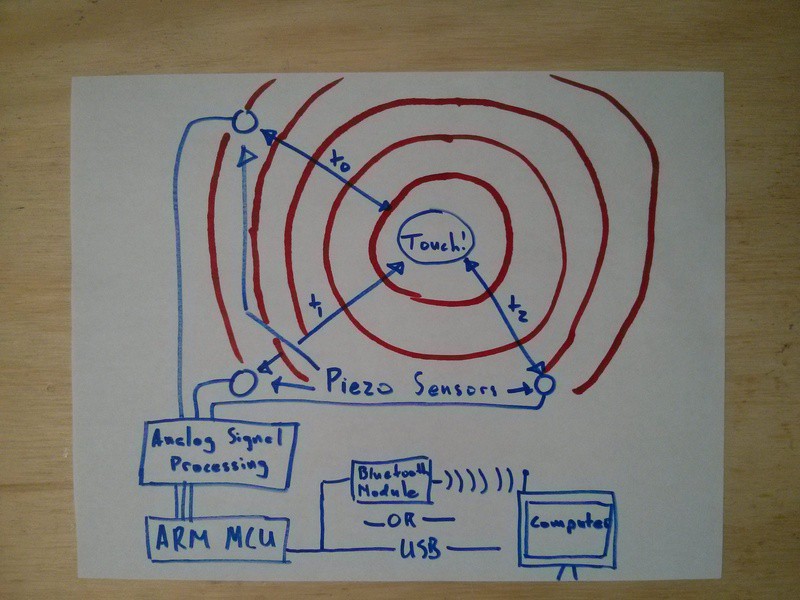
And here's the schematic as of 20 August, 2014:
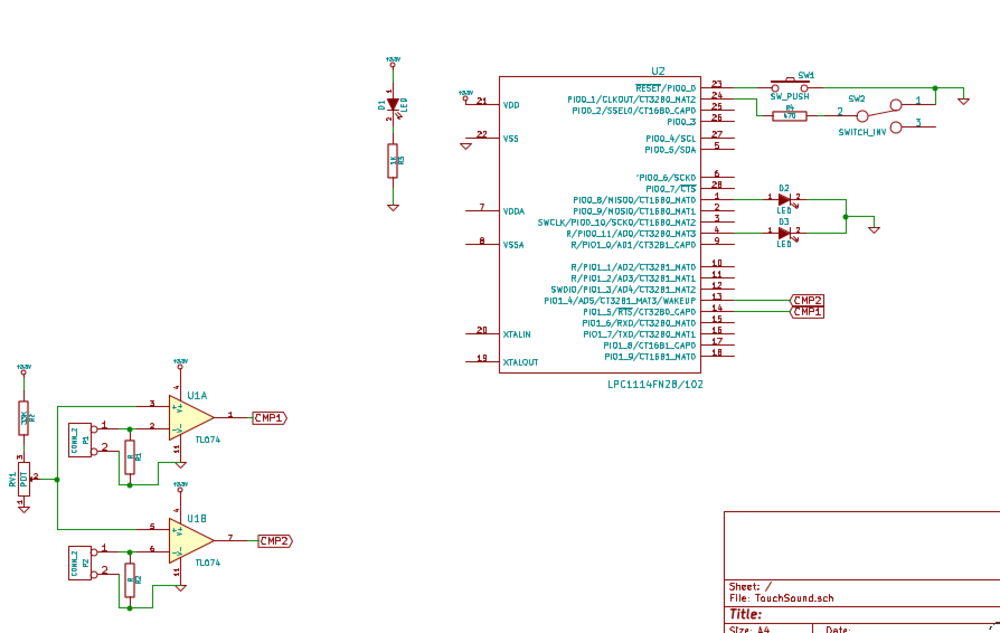
And finally... the YouTube Entry Video!
 Thatcher Chamberlin
Thatcher Chamberlin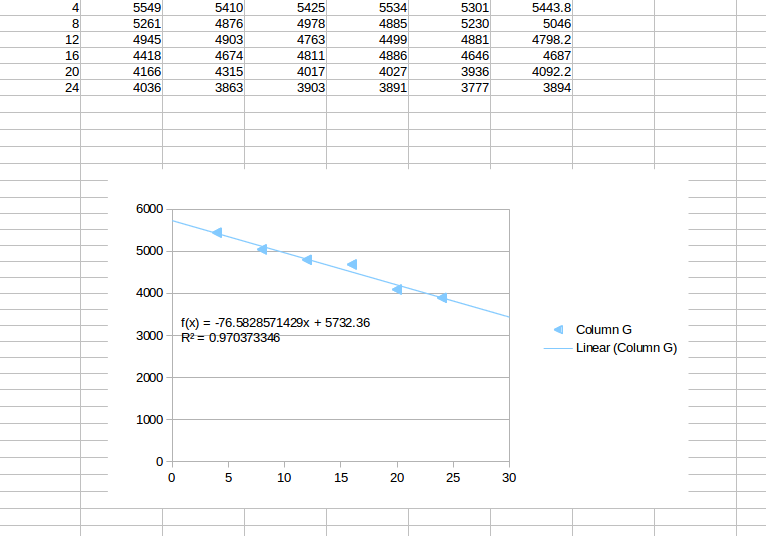
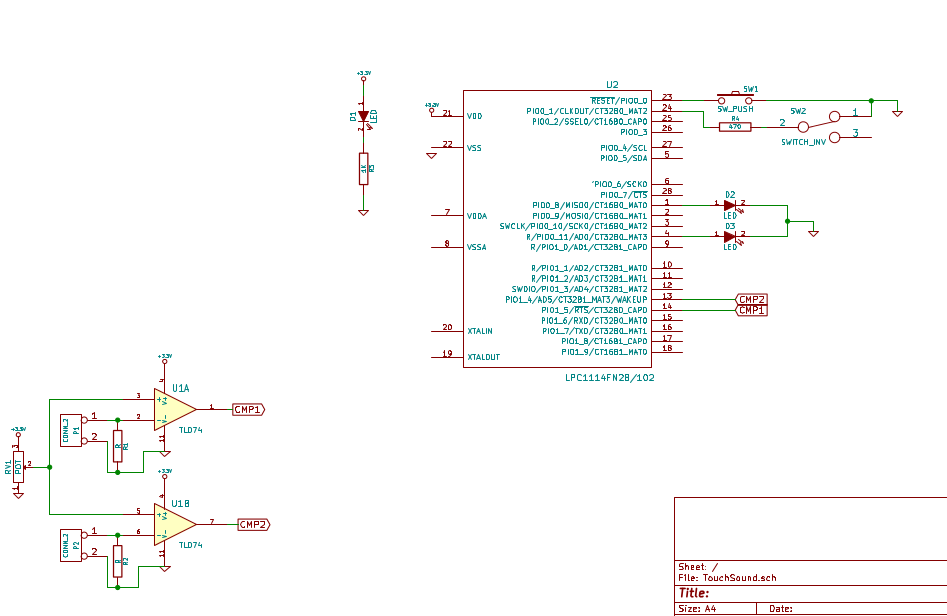





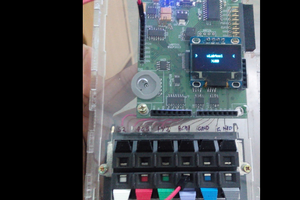
 Jithin
Jithin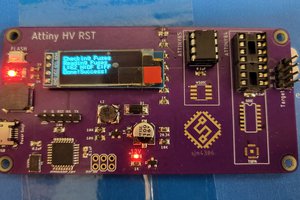
 sjm4306
sjm4306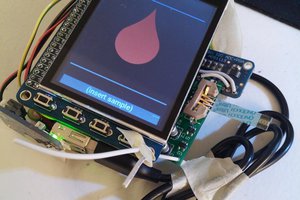
 Jonathan Buchanan
Jonathan Buchanan
Hey, the video seems to be private, would you bring it back ?
Thanks ;)